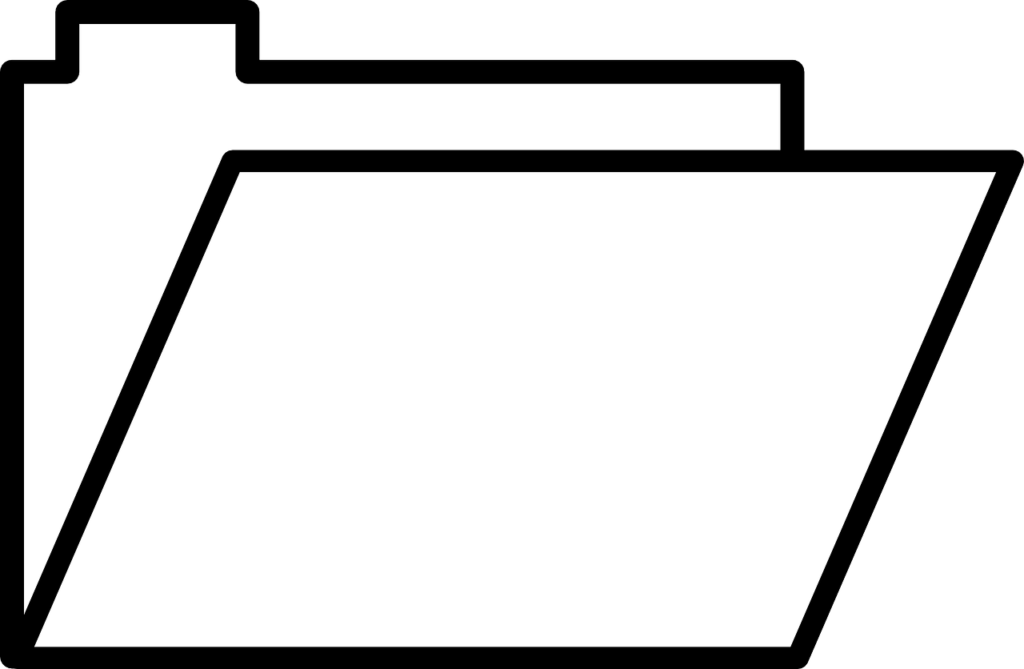For every Macintosh designer, illustrator, or creativeness who is out for portfolio upliftment-you’ve landed on the right page. It’s not usually easy to build a portfolio that stands out, and that also applies to the most talented of all creative types. Presenting the work-the how with which it is portrayed-is the key to success: Displaying what you can do while getting interested clients or employers.

The CEO and Founder of our institute Martin Perhiniak has had a total of 15 years of experience in the design field as well as recruitment. Serving him with first-hand views of why many portfolios end up unsubstantial, here are the top five mistakes designers usually make in their portfolios-and of course, how to avoid the traps. We have also included a downloadable PDF guideline to help improve your portfolio and get noticed.
So why don ‘t portfolios get noticed? These are basically the five main causes:
❌ Bad Presentation Skills
❌ Too Much Work Displayed
❌ Not Enough Varieties
❌ Not Enough Work
❌ Inconsistent Portfolio & Job Focus.
We can now break these down, and let’s start getting right to the business of improving your portfolio.
- Not Having Presentation Skills
You persevere in putting effort into coming up with stupendous work, while on the other hand, how well you present it matters just as much as the work itself. Poor presentation is recognized as the main reason why countless portfolios do not shine according to what is said by Martin.
Remedy:
Say no to screenshots, embrace mockups. Boring screenshots will not work anymore. Make it up using mockups, flat-lays, or even lifestyle shots, which imply your designs work in real contexts of application. This would help poach those who are viewing your designs into visualizing how it will fit within their brand or project.
Open and Close using your Best work. Recruiters definitely do not have time nor the patience to scroll through dozens of subpar works. Lead with your strongest pieces of work then finish it off with something just as impressive.
Put in the effort to get all the small bits right: Typos? Not on your watch. A portfolio riddled with mistakes is a red flag. Remember to double-check every single piece of text, especially in the project descriptions.
Resolution: Always keep your images in high resolution; low resolutions always look pixelated and dirty. On every device, your designs should be bright, sharp, and clear. You may as well go tools like Nightshade or Glaze to ensure your work is not scraped by AI bots.
This shows your design process, besides mere “before and after” pictures. Bring on sketches, drafts, versions, and every other iteration you went through with the final design. It enlightens the viewers on how creativity flows through stages.
Exhibit Everything
Teem everything within your portfolio. As a matter of fact, it’s not a garbage bag of all the works you do; it is meant to serve as an exhibition of your top works, most relevant in it. Often, less is more!
Here’s the fix:
Twelve to fifteen specimens works well. Catch projects to include only those that you are so proud of, and keep it up-to-date. Portfolios which might be filled with works dated in their past won’t talk about how trendy one is today.
Regular clean-up of your portfolio each year leaving a quick portfolio “spring clean.” This helps scour the top collections of your works with maximum care. This is much more important for people who are freelancers and always looking for new work-from-home clients.
Be more careful, strategic, and selective in the ways you exhibit your works. Okay, you may have extra projects on your web, but it will be very important for visitors to find their way on your website. For those sending portfolios to a recruiter, try to keep it under 5-6 pages with the most relevant pieces for the job.
Lack of Variety
A designer is expected to have a vast spectrum of skills, and therefore a corresponding portfolio reflecting such a diversity of work. For instance, a graphic designer carries out brand designs, web design, and printed materials. Same applies to illustrators who can have under their belts many other illustrations.
Variegate your projects: Having little practice with other practice briefs-like branding, posters, packaging, and so forth-can help your portfolio look at its best, but it should be borne in mind that the more diverse portfolio, the more versatile and employable you will prove.
Find your niche through exploration. The more you are in practice, the clearer your unique style will come through; you will probably come to discover forms of work you are passionate about, and they will show in your portfolio.
Keep yourself open to showing the recruiter or client that you can design from different kinds of design briefs. Don’t attempt to do it all, but rather show that you could even specialize while being very rounded. - Not Enough Work on Show
On the other hand, not showcasing enough work will also decrease your chances of getting hired. If your portfolio contains not more than 8 works, it can indicate that you are still developing the skill or would not have enough real-life experience.
How to fix it:
Compile a portfolio with at least 12-15 pieces. This is a healthy enough number to show that you can handle a variety of projects with both skill and experience.
No need to worry about working with clients on very high levels. Neither does your portfolio have to be filled with work from top-tier brands or famous clients. It is okay if your professional experience is not much since you can practice putting together personal projects or “fake” briefings for clients to keep building your portfolio.
Think of very mini-projects. Practice with small design briefs and you should greatly help yourself and add more to your portfolio. You’ll find some in our Build Your Portfolio Mini-course. - Trying to Land Positions That Don’t Match Your Portfolio
This is one of such mistakes that a designer tends to commit applying for jobs. People think you are talented, but the hook for that job is a not-matching portfolio. You may have talent but if your portfolio doesn’t reflect the type of job you’re seeking, you will be passed over with a more tailored fit.
How to Fix It:
Customize your portfolio to every job. Tailor your portfolio to the job you’re applying for and this may go a long way toward getting noticed. Highlight relevant work. So if you want an application for brand design, make sure your portfolio contains your logo and branding work. If you’re out for a UX/UI role, polish up on your digital and web projects.
Pro tip: Review the J.D. carefully to align your portfolio with the skills and projects you seek.
Ready to upgrade your portfolio?
If you are ready to make your way towards that dream job or client and get noticed in the crowd, its time to get things started. Up your portfolio, slice through your good work, and rest assured there will always be quality over quantity. Don’t forget to leverage our free PDF guideline that helps made pure magic to refine and bright your portfolio.
So, get on with these tips and voila! You will be well on your way to impressing recruiters and clients alike.






Leave a Reply